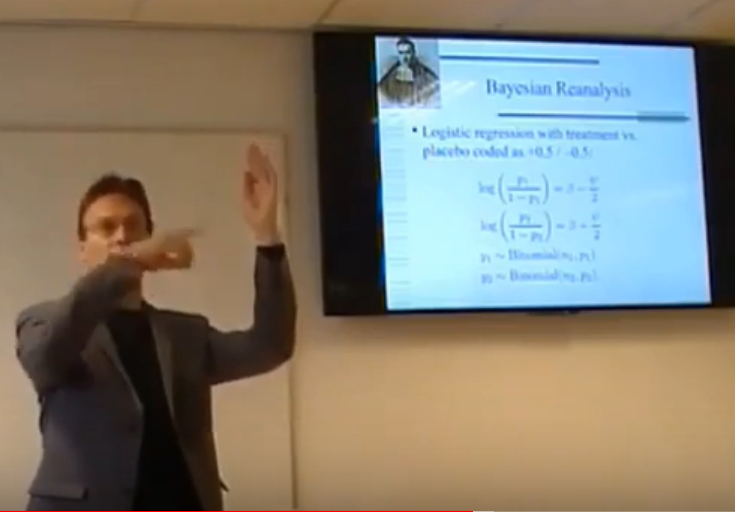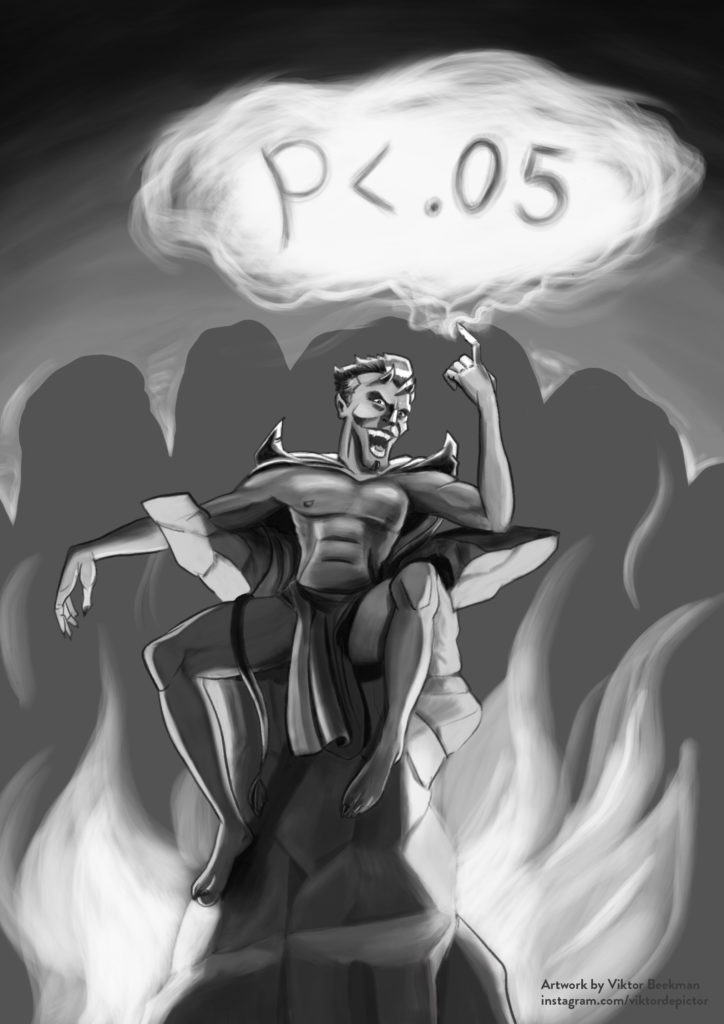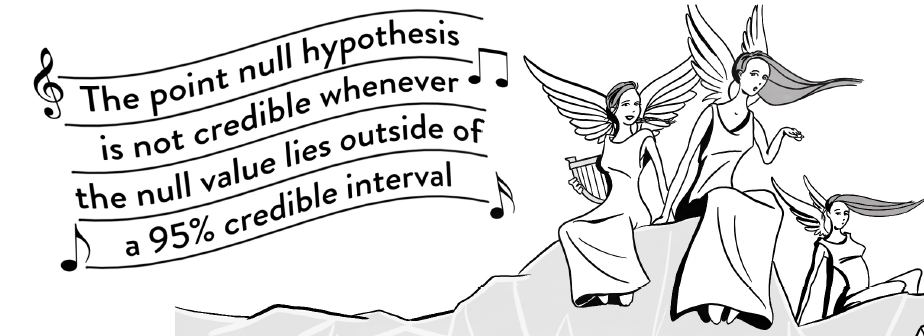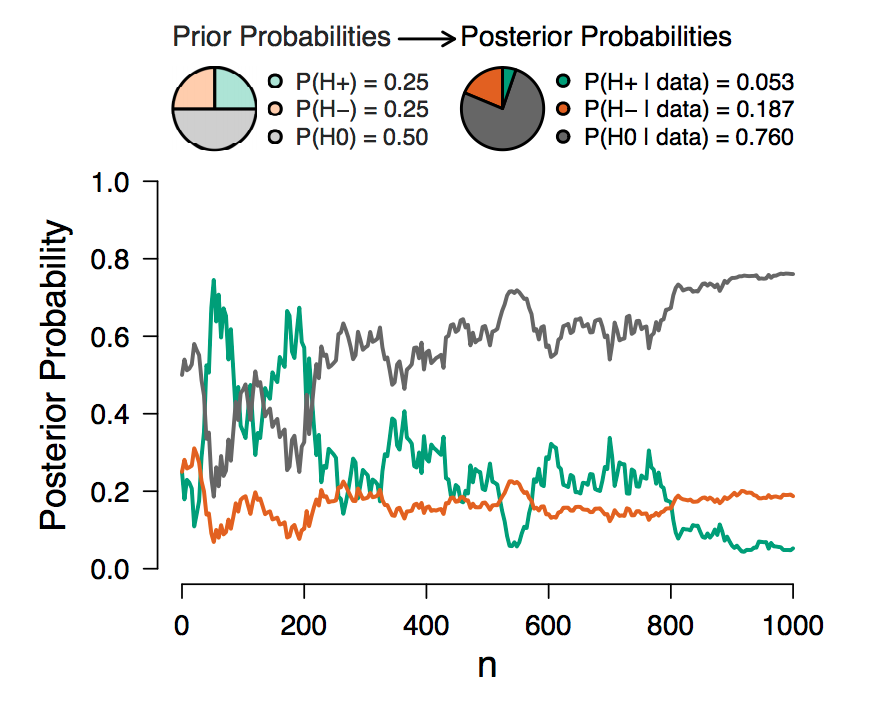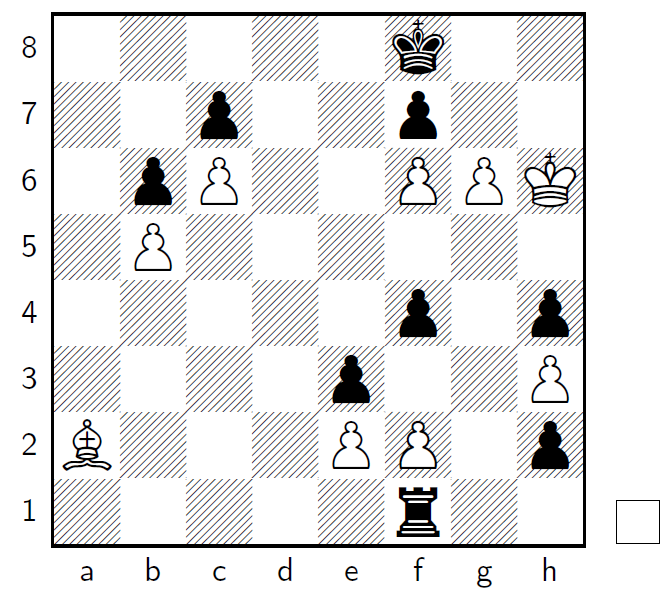If Your First Baby is Early, Will Your Second Baby be Early?

This post was written the week before the birth of our daughter Leanne, who finally decided to make an appearance on Valentine’s Day this year. Nataschja is lying on our sofa, watching a series on Netflix. It is Tuesday afternoon and I am working from home. In fact, I have been working from home for about a week now, awaiting…
read more